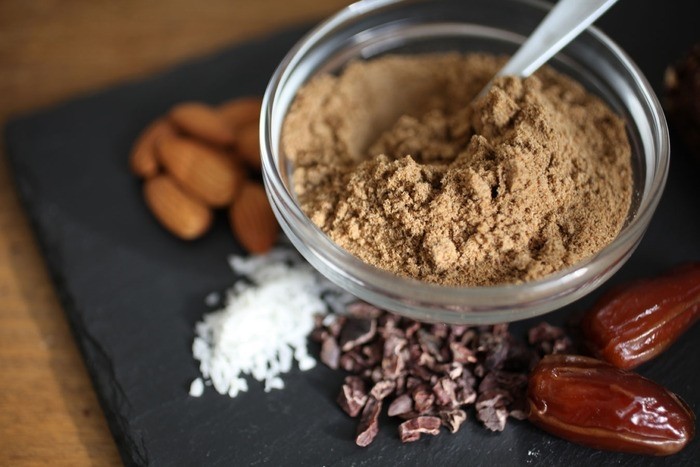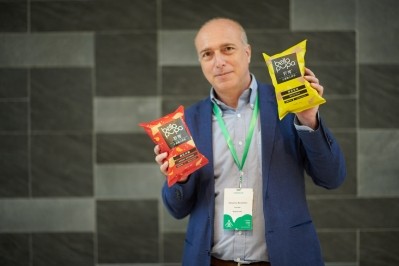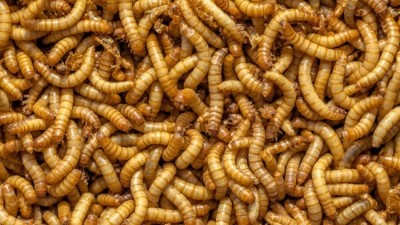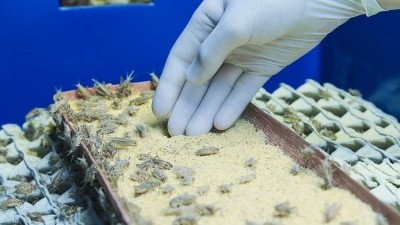Edible insects insights Pt 2: Why flour power will continue to be strongest in Asia

The world eats hundreds of species of insects, but their rearing is rarely studied. They are often just collected from the wild.
An exception is the silkworm pupae (Bombix Mori), which is bred in China for its silk coocon. The insect is then cooked and sold as feed or as food in China but also exported frozen to Cambodia, Korea under the name of beondegi and to Thailand.
For Asian farmers, breeding is an extracurricular activity often done in their spare time. For crickets, the main cost is the feed, consisting primarily of chopped fine grain and sold in bags of 30kg that costs between 13 and 16 USD.
Silkworms represent an even better example of sustainability, if not a perfect circular economy, as they feed only on mulberry leaves, and they do not drink water.
Some start-ups in Thailand buy the crickets and dry them out in an oven to produce cricket flour. The dried crickets lose more than a third of their weight and are ground before being packed in vacuum foil pouches.
Given the low cost of land and labour, as well as their ability to grow in a tropical climate, whole crickets and cricket flour are much lower in cost in Thailand than the rest of the world.
In China, silkworms have been farmed for 5,000 years, and chinese silk represents 75% of the worldwide production. Silkworm pupae are a by-pass product of the silk industry, therefore they are a great business opportunity as their nutritional properties are as good as those of a cricket.
European ventures
In the European Union, due to the current regulations, there are very few insect farms. Protifarm, and its subsidiary Kreka, breed crickets and mealworms in Holland, and then they market them in a dried version as well as flour. There are small farms in Belgium and France too.
The Canadian Entomo Farms is known to be the largest cricket farm in North America. They resell the cricket flour both wholesale and to consumers, as well as whole dried crickets. It provides flour to many of the startups in North America, where there are only a few cricket farms.
In the US, Aspire Food Group, pioneer of cricket flour with the Aketta mark, expanded its activities by buying the cricket energy bar brand EXO in 2018.
Tiny Farms, a US cricket farm, was in the news for one of their lenders being a member of the Zuckerberg family but, as of 2018, does not seem to have expanded significantly.
What is certain is that the cricket flour costs in the West are still very high for cricket flour to be a staple food. European and North American production costs are definitely higher for labour and land and in some cases premises need also to be heated, for the crickets require a very warm climate.
Thailand is far more competitive (and in the future Brazil, China and other emerging countries might be too, if they convert the existing big insect farms currently rearing crickets as feed). China also has a large production of food-grade silkworm that has not been exploited for packaged food.
In the next piece in this series, Massimo will assess the global opportunities for sales growth.
Massimo Reverberi is the founder of Bugsolutely China and Bugsolutely Thailand, and co-founder of AFFIA, the Asian edible insect association.

















